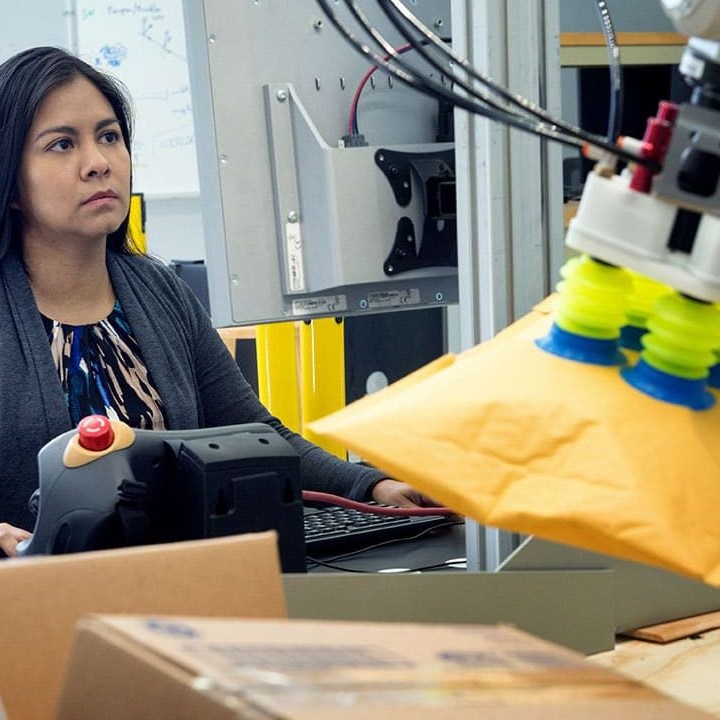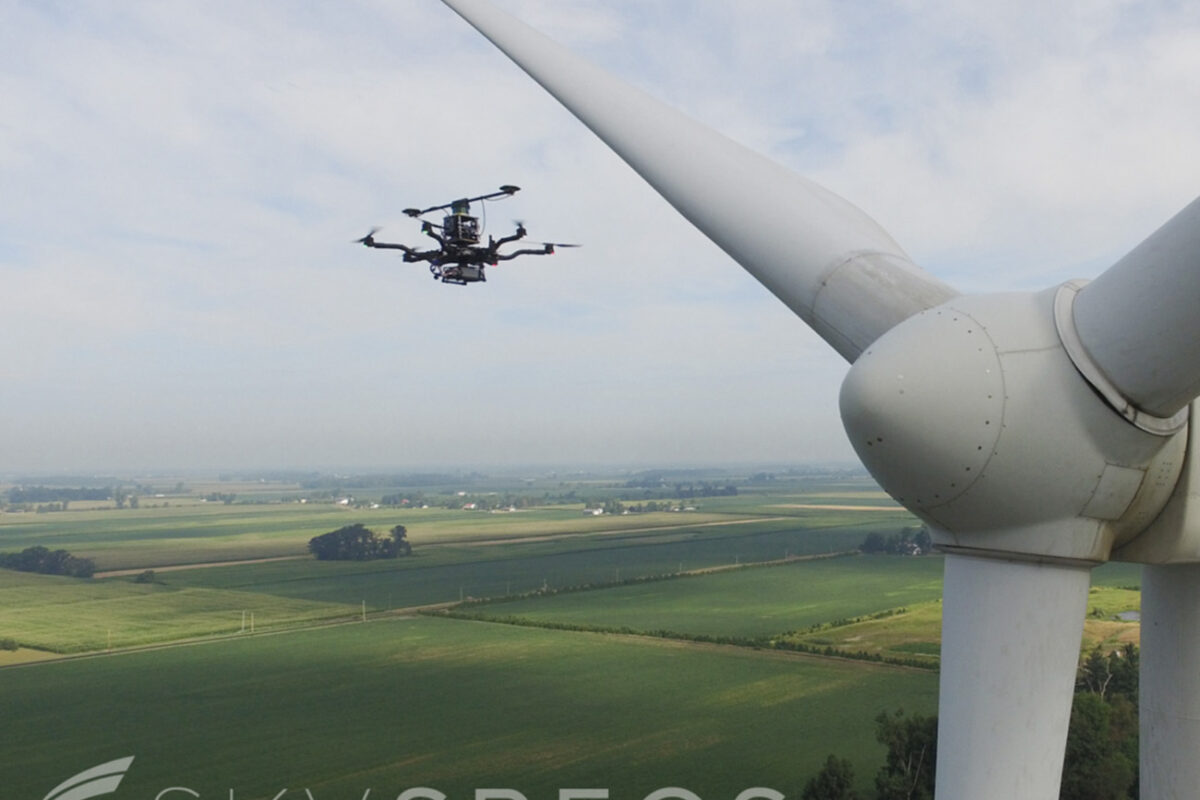The year 2020 was a historic year. While the ongoing global pandemic stayed in the headlines through most of the year, many other social, political, and economic events made a major mark in the history books. As these major events upended markets and economies world over, tech companies and their largest shareholders raised billions of dollars in the public and private markets. This was an unusual turn of events and was unlike anything that we have witnessed in other economic slowdowns of the past. So, what is the difference this time around?
While there are many factors that fueled the Initial Public Offering (IPO) frenzy, we believe this was the first-time investors looked beyond the uncertainty caused by the pandemic and towards solutions. Extended lockdowns and a shortage of human workforce made a compelling case for automation and digitization across all industrial market verticals, including those that have been historically reticent to adopt. What we discovered over the past year was that any underlying technology that accelerates digitization commands a massive premium.
During the second half of 2020, we saw many high-profile companies like Airbnb, Palantir, Doordash and Snowflake go public. As this IPO frenzy continued, one industrial AI company which we have been tracking prepared to go public. This, of course, is C3.ai, led by the billionaire tech entrepreneur Tom Siebel.
There is enough pre- and post-IPO analysis on C3 available so we will stay away from repeating any of that good intelligence. Rather, lets focus on the lessons that could be valuable to other Industrial AI start ups.
Lesson 1: Scale = Partnerships + Reference Customers
By the end of FY20 (ending April 30, 2020), C3.ai generated $156.7 M in revenue alongside of a 71% YoY growth rate. A major revenue driver for C3 was, and continues to be, its strategic partnerships. For instance, its partnership with Baker Hughes, the large oil and gas services company, is both a customer, investor and a partner to C3.ai. It represents $51 M of C3’s total $157M revenue ($39.5M as a customer and $11.5M as a reseller) and as we learnt in their recent Q3-21 earnings call this partnership is set to bring $450M in revenues over the next five years. C3 has entered other strategic partnerships in defense (Raytheon), and tech (IBM, AWS, Google, and Microsoft), which has helped them scale.
When it comes to reference customers, C3 has been focused on large fortune 500 customers in each of its verticals like Shell, 3M, U.S. Airforce, AstraZeneca, and others.
Now, we all can acknowledge that attracting strong partners and large customers is hard. But how did C3 manage to do it? They realised early on that skills have “gravity” and so they invested in training and education. Once they trained a partner, a system integrator, or a customer on how to use their solutions, the solution got sticky making it hard for them to switch. So, help your customers unlock that black box of analytics and empower them to understand it.
Lesson 2: Land + small Level-Of-Effort = Expand
Land and expand strategies are very common with industrial customers although executing on them is hard. In case of C3, the average ACV jumped from $1.2M in 2016 to $12.1M in 2020. With an average 3-year contract, they made ~$4M per contract per year, which is impressive.
For an AI company, the difference between land & expand versus land & flat comes from the level of effort the customer must spend rolling out the solution. If a customer must lend its domain expertise for months or years to train your models, then the time-to-value for them is too long to stay invested. In the case of fortune 500 customers, those large organizations will often have challenges integrating siloed data streams that are required to hydrate your models. C3 has done a fairly good job in attracting talent which has helped them build internal domain expertise and reduce dependency on its customers. They also do a decent job in setting customer expectations on time to deployment.
In a nutshell, the simpler and more transparent you make it for your customers to realize value, the easier it gets to expand those customer accounts.
Lesson 3: Platform + Applications rather than Platform vs Applications
Founders that are building an AIoT platforms for enterprises invariably face the question of whether they should offer apps to customers. To be clear, these applications serve as a marketplace of pre-trained AI models that can be applied to a particular problem across different customer accounts in a vertical. All major cloud service providers have such marketplaces, but the jury is still out on whether they have been successful. Today, C3 offers its customers the C3 AI Suite (a platform) and C3 AI applications (the pre-trained models).
Industrial customers look for feature proximity when they engage a technology vendor. Prospecting, selecting, and onboarding each vendor is an expensive and time-consuming exercise for them. So, if they are deploying an enterprise AI platform, they need to be smart and selective as to the number of application vendors it works with. While it is unclear what percentage of C3’s recurring revenue comes from its platform vs applications, it certainly allows its customers to quickly deploy pre-trained models to standard challenges across industries. This approach works well for specialized application vendors too, as they can focus on solving specific use cases without being dragged into solving relatively easier problems.
Bottomline is that if you are a platform vendor, think about the standard challenges your customer faces and solve those head-on with applications.
Lesson 4: Software + Services = AI
The jury is still out on whether we can have industrial AI companies with no professional services. While it does not appear obvious, it is important to limit your professional services revenue. This is because the positive impact comes at a cost (literally). When you continue to expand your professional services revenue, your gross margins can take an unnecessary hit, which is not a great place to be when talking to investors and acquirers. For C3, revenue from professional services includes the fees associated with the implementation of C3 AI Applications. In FY20, professional services represented just 14% of their total $157M revenue. C3 controls its services revenue in two ways. First, it partners with system integrators like IBM who can deploy their solution and secondly, it trains customers to build and deploy AI models in production by themselves.
While the exact same approach may not work for other AI companies as enterprise adoption in antiquated verticals still has a long way to go, but with focus on your core product you are likely to grow profitably.
So, are you building the next big thing in the Industrial AI world?
For years, the Industrial AI software industry has been looking for a posterchild, a company that could be held up as an example of a high-growth business with a large scale that solved urgent customer pain points and made money for its investors along that way. C3 was well positioned to grab that spot and in a flash has turned a once unremarkable sector to the public market investors into a space worth their attention and money. For now, C3 is that posterchild, but this is just the beginning as there are so many industrial customers and use cases that can benefit from innovative solutions driven by technology & AI.





